If you’ve been keeping houseplants for a while, you’ve probably encountered the dreaded fungus gnat before. These tiny, flying insects look a lot like fruit flies; however, they are attracted to the organic matter in houseplant soil rather than fruit!
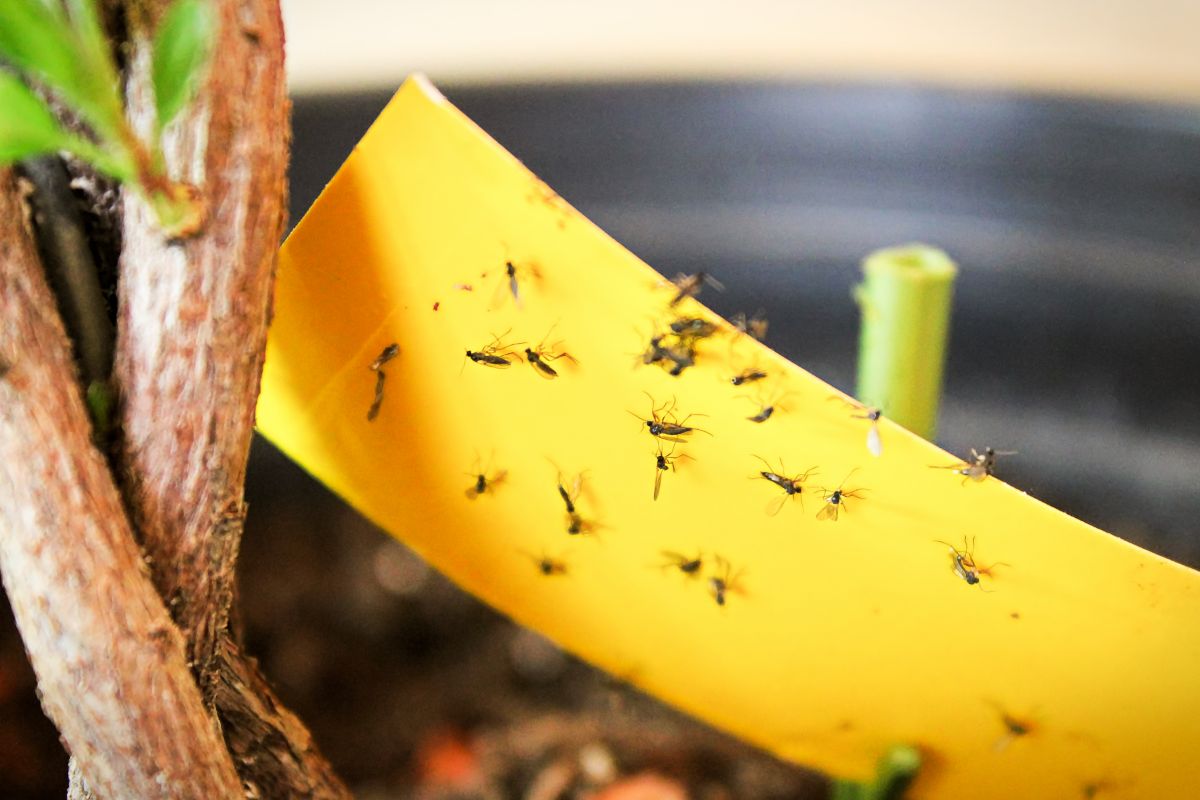
Fungus gnats are generally considered to be more of an annoyance than anything; however, when populations get out of hand, they can impact your houseplants’ health. Fungus gnats are harmless to humans and won’t bite, but they look unsightly and can be irritating when they fly about. Worse still, large populations of fungus gnats can spread damping off (a disease which affects plant seedlings), and large numbers of gnat larvae may cause damage to houseplant roots when they feed.
Luckily, there are a few tried and true solutions for preventing fungus gnats and treating an existing infestation. Read on for our top tips to keep houseplants gnat-free for good!
Jump to:
- How to prevent and treat fungus gnats
- 1. Keep soil dry
- 2. Add some sand
- 3. Use sticky traps
- 4. Spray hydrogen peroxide
- 5. Make an apple cider vinegar trap
- 6. Put out a potato trap
- 7. Try out cinnamon and chamomile
- 8. Cover drainage holes
- 9. Swap out your soil
- 10. Keep your plant tidy
- 11. Pick up some organic insecticidal soap
- 12. Be consistent.
- Frequently asked questions
- Summary
How to prevent and treat fungus gnats
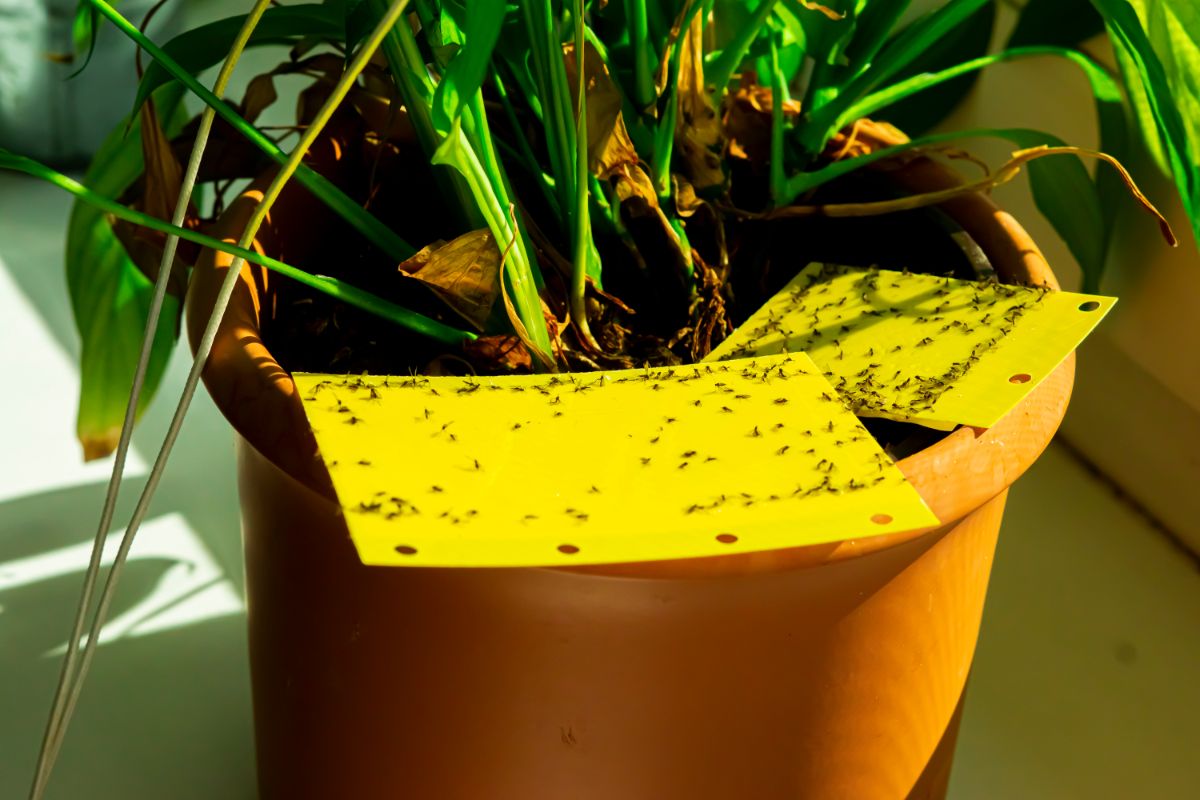
Fungus gnats thrive in moist conditions and feed on organic matter in houseplant soil. While they aren’t destructive in small numbers, they can become a nuisance and damage houseplant roots when populations boom. Follow the steps below to make sure fungus gnats never become a problem in your home.
1. Keep soil dry
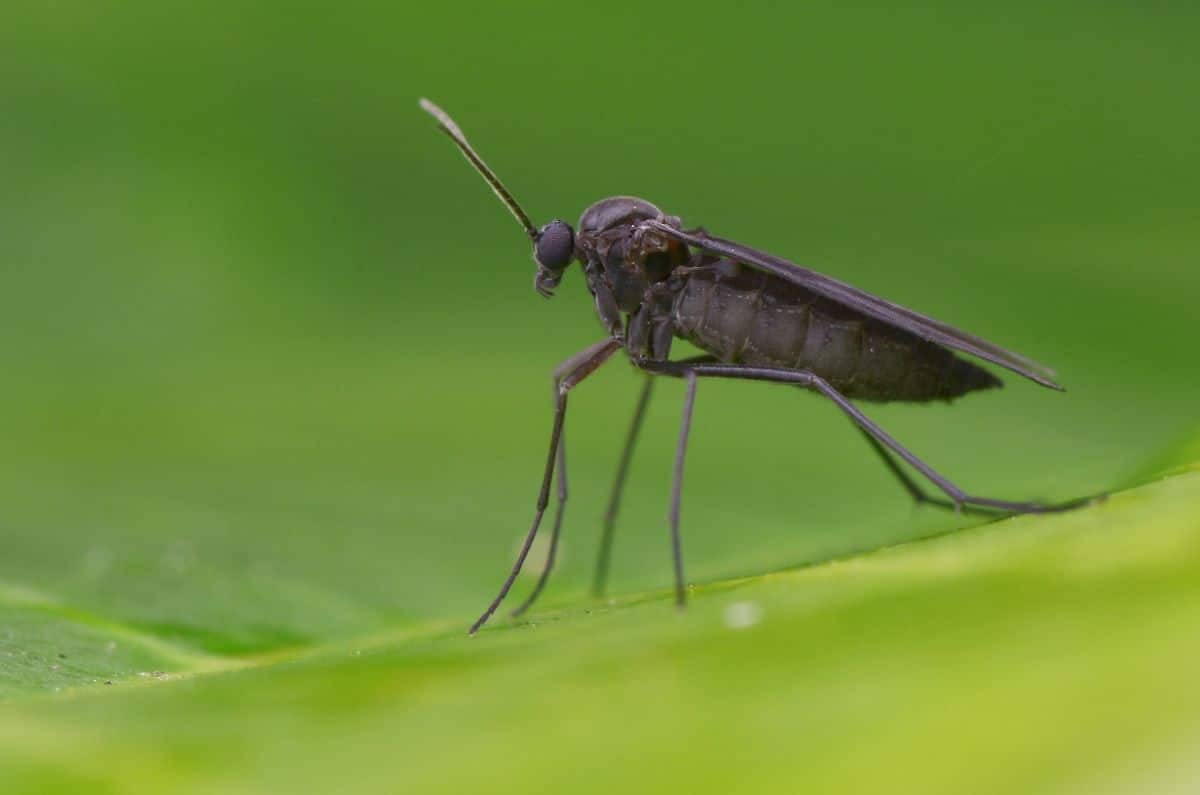
The single best way to ensure that fungus gnats never become a problem is to avoid soggy soil. The presence of fungus gnats can indicate that you are overwatering your plants, and you need to reassess your watering regime.
Fungus gnats lay their eggs on the surface of moist potting soil. So allowing the soil to dry out a bit in between waterings can deter adult fungus gnats from reproducing. While your ability to alter watering frequency is dependent on the type of plants you keep, a good rule of thumb for most tropical plants is to water only when the top 1 to 2” of soil feels dry to the touch.
If you’re keeping high moisture-loving plant species that constantly love moist soil, like Venus fly traps, you don’t want to allow your plants to dry out. For plants that like very moist soil, potting them in a terrarium may be the best choice, as fungus gnats won’t be able to access them.
2. Add some sand
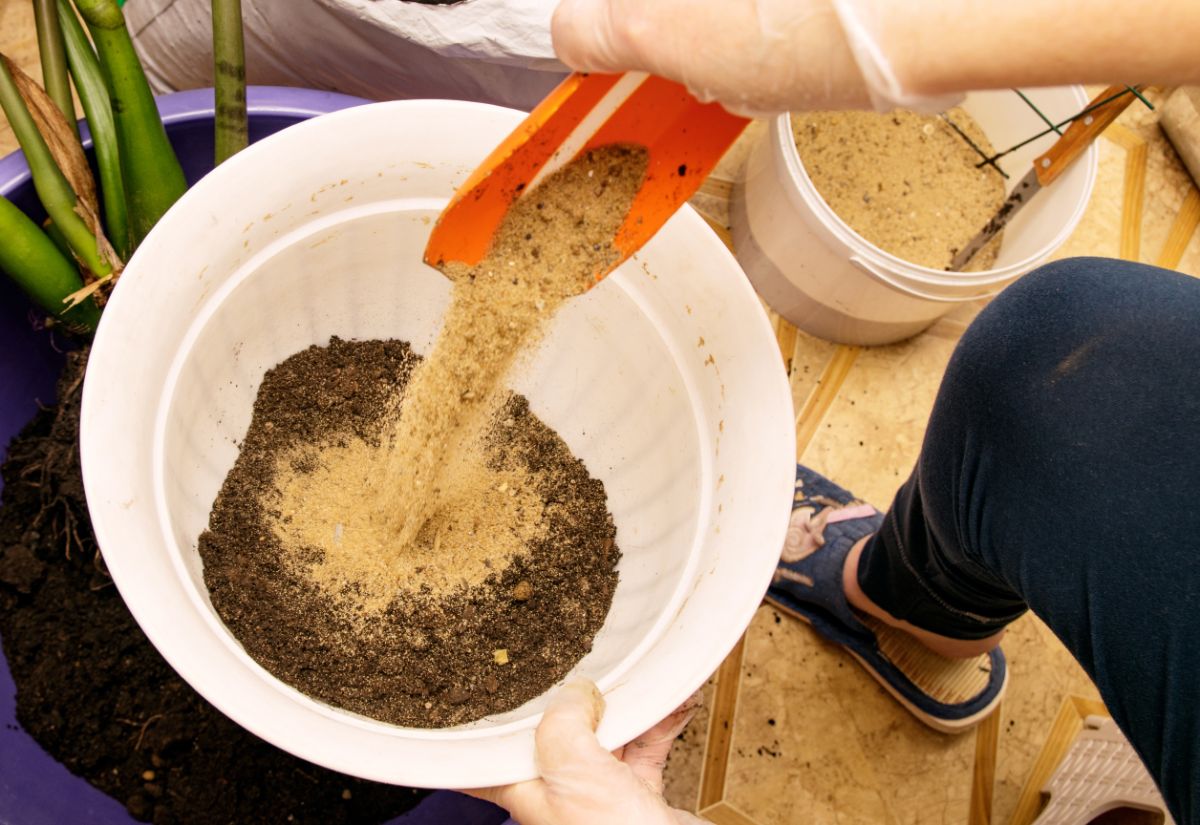
Sprinkling a layer of coarse sand on the top of your houseplant’s soil can help deter fungus gnats too. In this case, aim to add at least a ½ to ¾” layer of sand on top of your soil and opt for horticultural sand (rather than a play sand mix).
Sand reduces fungus gnats’ access to potting soil, making it harder for them to lay their eggs. Sand also dries out faster than soil does, thus creating a drier environment which fungus gnats don’t like.
Some gardeners also add a sprinkling of diatomaceous earth on top of their potting mix. Diatomaceous earth is made from the sharp skeletons of fossilized diatoms (small aquatic creatures), and it works by shredding the exoskeletons of insects that walk across it. While this is an effective measure too, diatomaceous earth can cause respiratory irritation, so apply it with care using a face mask and try not to disturb it after it’s in place.
3. Use sticky traps
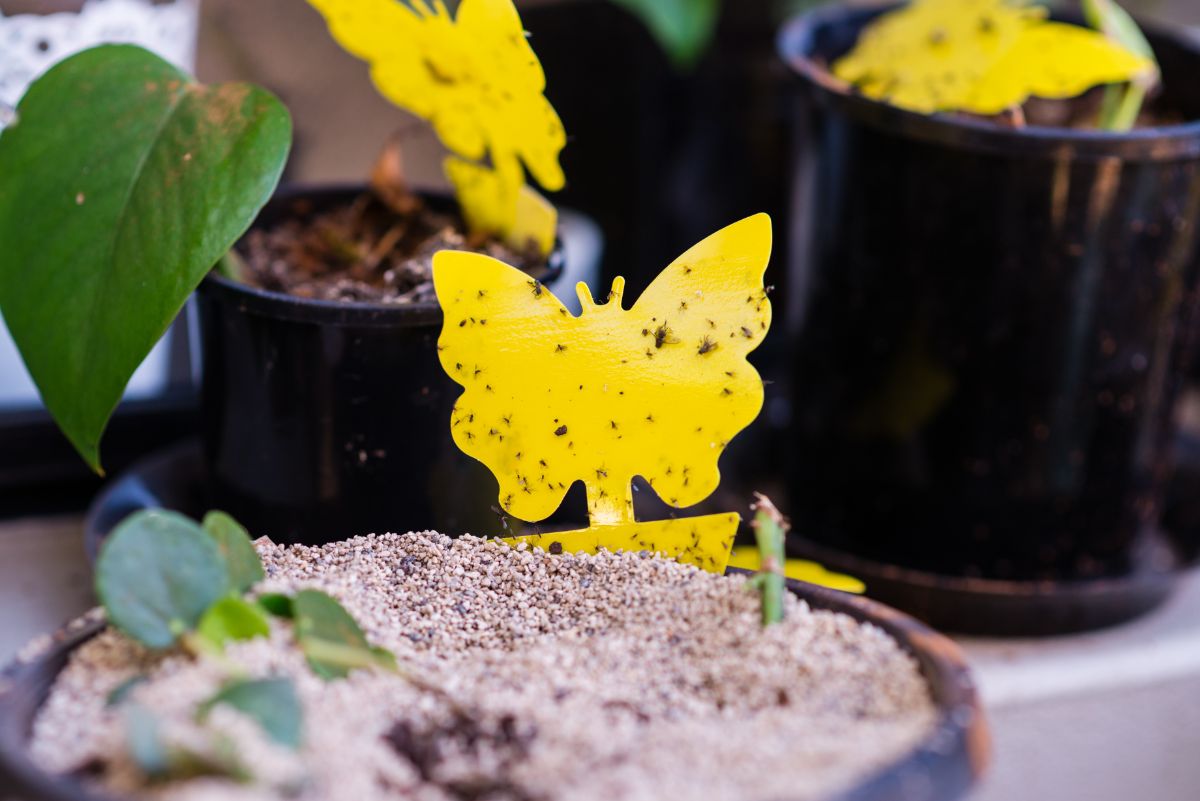
Sticky traps are a handy, non-chemical treatment that works for a wide range of houseplant pests, including thrips and, of course, fungus gnats.
For best results, opt for yellow sticky traps, as this color is particularly appealing to fungus gnats. It’s also helpful to cut a single trap into smaller squares and place the squares directly on the soil line horizontally or just above the soil line on small toothpicks. When in place, fungus gnats will crawl across the trap and get stuck in the sticky glue.
While these traps do work, they are only useful against adult fungus gnats and don’t do anything for the soil-dwelling larvae. For this reason, sticky traps are best when used with another treatment method. Employing sticky traps over the course of several weeks can help, too, as they will trap larvae once they turn into adult gnats.
You can also make your own sticky traps by wiping a thin layer of Vaseline on the surface of yellow cardboard or cardstock.
4. Spray hydrogen peroxide
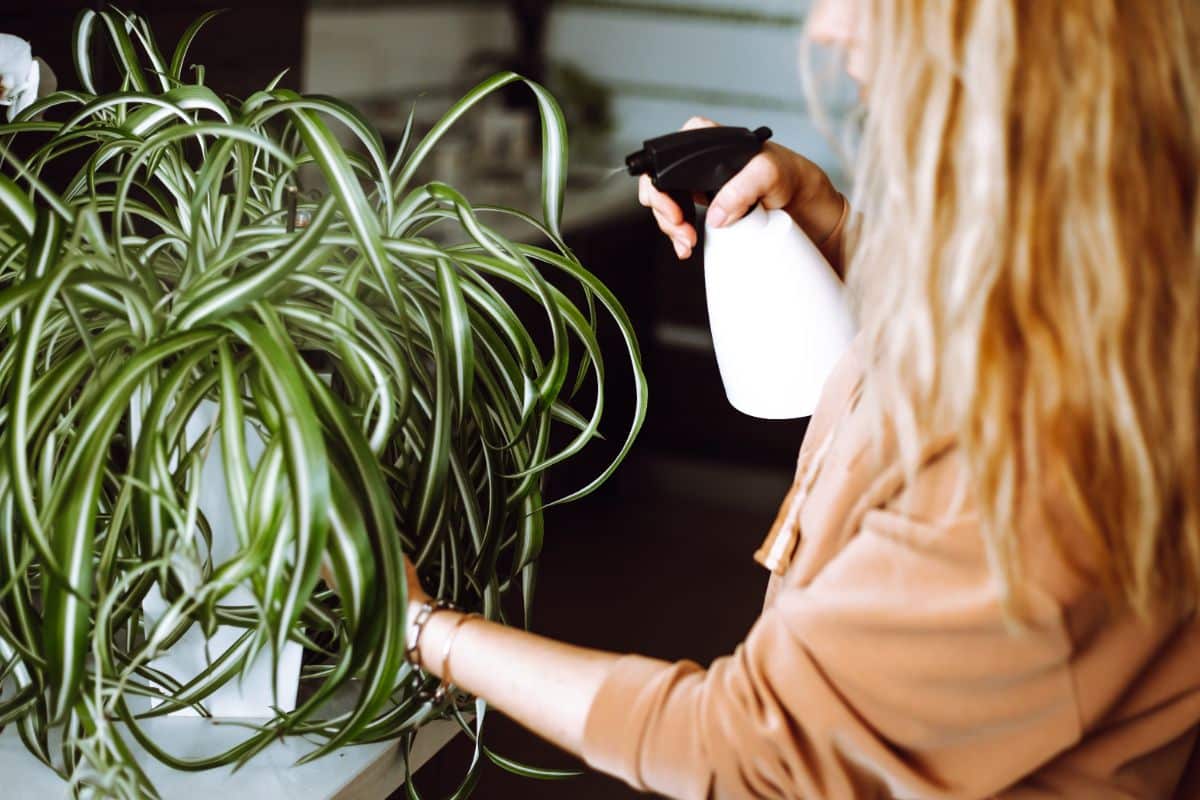
Hydrogen peroxide is a helpful product to have in your at-home first aid kit, but it is also a useful item for houseplants and gardening. In fact, you can treat a fungus gnat infestation with hydrogen peroxide! Even better, hydrogen peroxide is one of the best treatments for damping off, which can be spread by gnats.
To use hydrogen peroxide for fungus gnat control, simply mix one part 3% hydrogen peroxide with four parts water. Mix well and spray your plant and the top of your soil line with the mixture. Be sure to get the soil line really moist.
Treat your plant again every 7 to 10 days until the fungus gnats are gone.
5. Make an apple cider vinegar trap

Apple cider vinegar works for fruit flies, but it is also an excellent, chemical-free way to get rid of fungus gnats! The sweet, fermented smell of apple cider vinegar is very appealing to gnats of all kinds, but when they come to investigate the trap, they can’t get out.
To create your own fungus gnat trap with vinegar, simply add a small amount of apple cider vinegar (about 1”) to a glass or a Mason jar. You can add a few drops of dish soap to the vinegar, or you can cover the jar with a piece of cling wrap with a few small holes poked in the plastic. Lured in by the vinegar smell, fungus gnats will enter the jar and drown.
Apple cider vinegar traps can be placed right beside infested houseplants; however, for more severe infestations, try adding a few traps around your grow setup. After that, just refresh the vinegar every few days with fresh vinegar to keep your traps clean and gnat free. For best results, leave the traps out for several weeks to make sure you capture newly hatched fungus gnats as well as existing adults.
6. Put out a potato trap
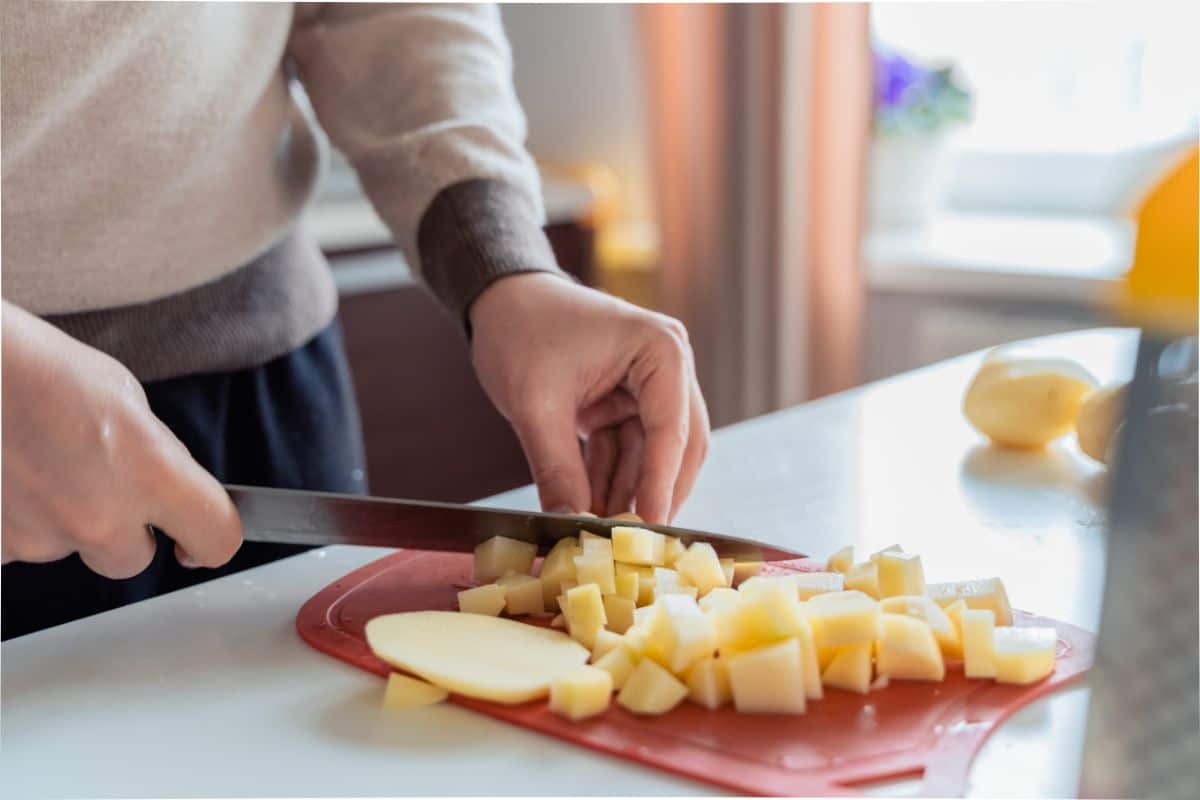
Fungus gnat larvae can’t resist potatoes, which makes potato pieces an excellent trap option! Slices of potato can be used to remove larvae from your plant’s soil, but they can also help you determine how severe of an infestation your plant has.
To use potatoes for fungus gnat control, chop up a potato into 1” square pieces. Lightly bury the potato chunks just under the soil line and leave them in place for about 8 hours or overnight. Then remove the potato pieces.
If you have a really bad infestation, the potato will be literally crawling with fungus gnat larvae, while a less severe infestation may just produce a few visible larvae. Either way, be sure to properly dispose of the potato chunks outdoors so the infestation doesn’t spread.
Since potato traps work best for larvae control, they should be combined with other methods that target adult gnats. For instance, using potato traps alongside apple cider vinegar traps can do wonders for getting rid of gnats!
7. Try out cinnamon and chamomile
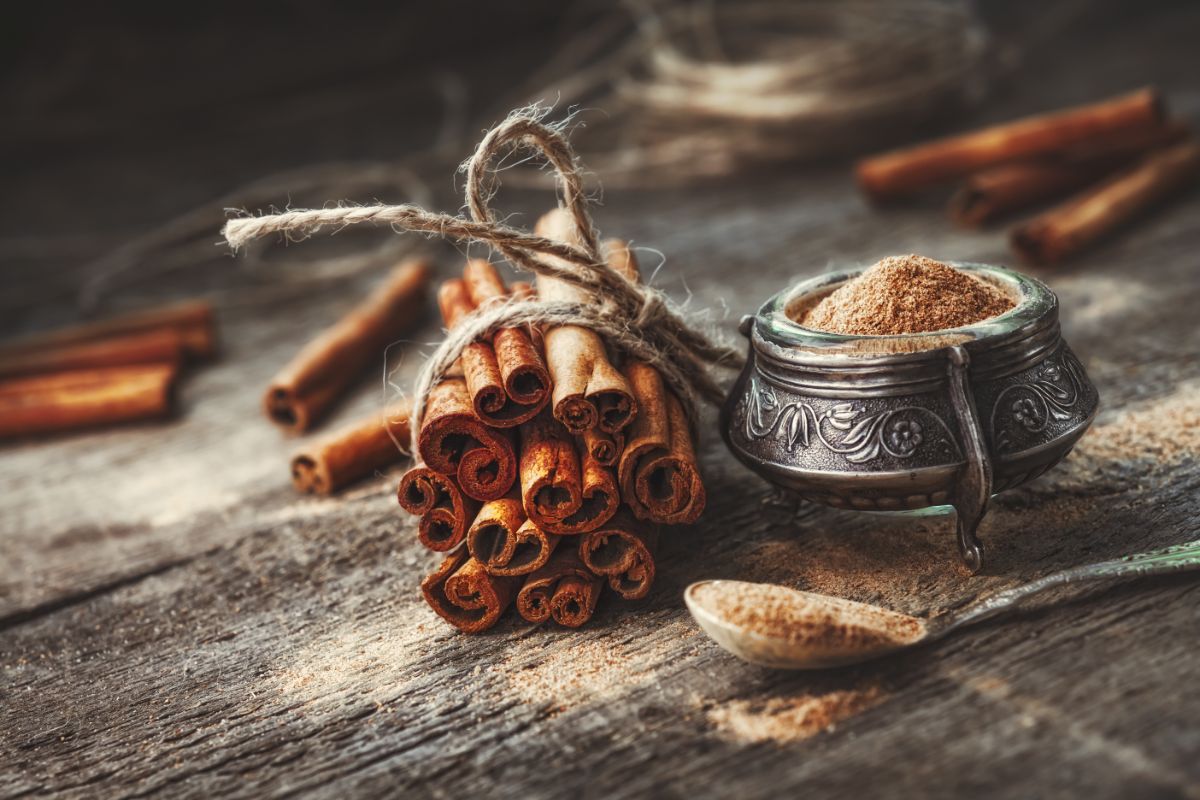
Chamomile tea and cinnamon are both natural fungicides, and they work really well for destroying fungus gnats’ primary food source: fungus! These treatments are also all-natural, so you don’t need to worry about toxic chemicals, and they smell nice too. These two treatments can be used separately or combined together for an extra fungus gnat-fighting punch.
To use this method, brew a strong cup of chamomile tea and allow it to cool completely. Then mix the tea with water at a rate of 1 part tea to 4 parts water, and then water your plants as normal with the mixture. After that, sprinkle the top of the soil’s surface with a generous amount of cinnamon.
Repeat this process every 3 weeks until all fungus gnats have been eradicated.
8. Cover drainage holes
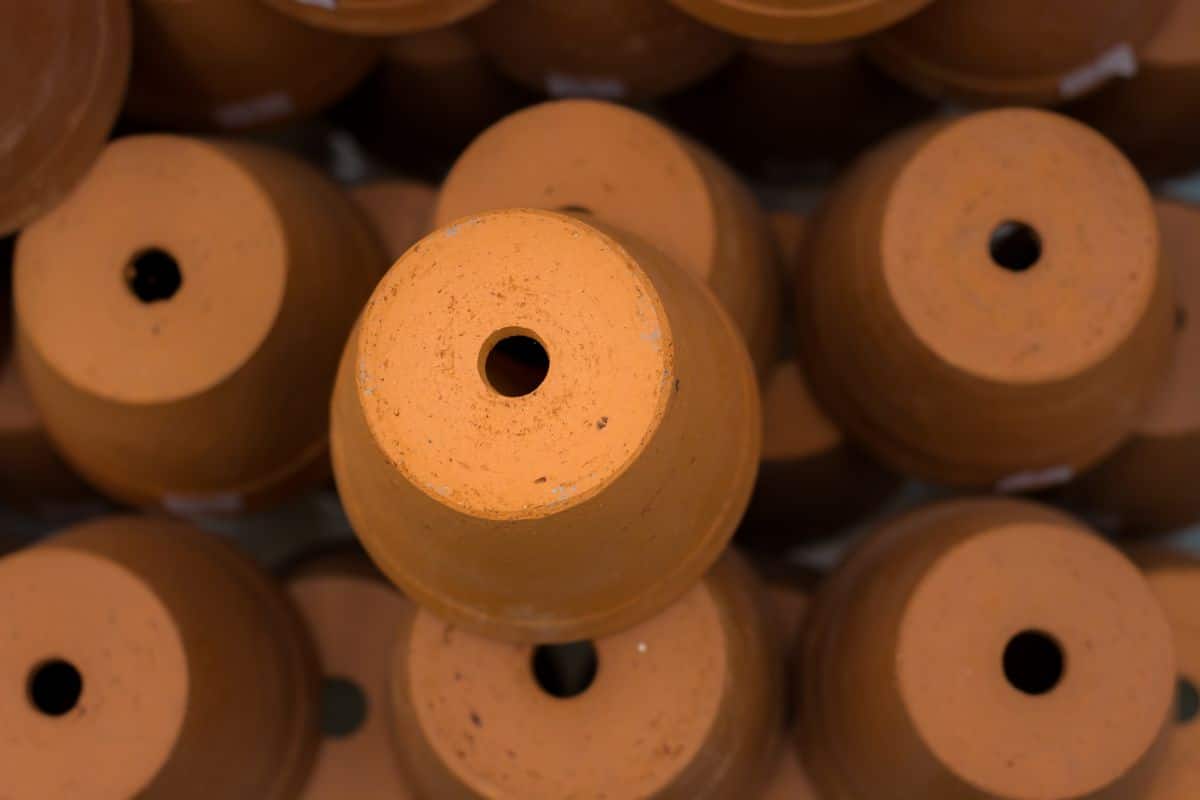
Fungus gnats hang out around the top of your houseplant’s soil line. But they also can be found congregating around the exposed soil at the bottom of your pot’s drainage holes.
Covering up the drainage holes on your houseplant’s pot can help reduce gnats’ access to soil for breeding; however, you don’t want to block off the drainage holes completely. Houseplants need well-draining pots to prevent waterlogged soil and root rot, so any cover you use over your drainage holes should be breathable and allow water to pass through unencumbered.
Floating row covers allow water to move freely and are one good option for covering up drainage holes. You can also use other natural fabrics, like thick cheesecloth or burlap. Then, just simply glue the fabric in place over your pot’s holes.
9. Swap out your soil
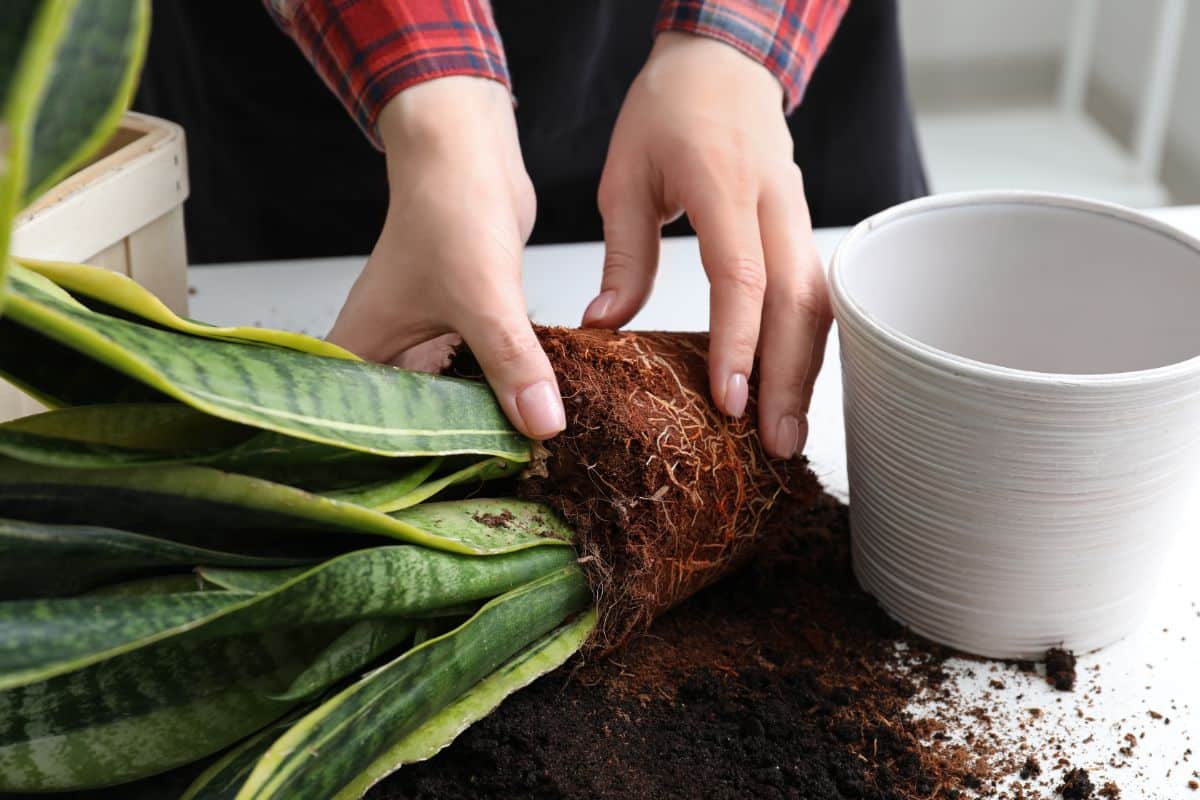
For very severe fungus gnat problems, starting over with fresh soil may be the best course of action. Remove as much of the soil as you can without damaging your plant, and dispose of it properly. You don’t want to reuse the soil as it may spread fungus gnat larvae to other houseplants, so be sure to toss it away outdoors.
Since fungus gnats primarily congregate at the top of plant soil, you may be able to just scrape away the top few inches of your potting mix and refresh it with new soil. That said, the more soil you remove, the less likely it is that eggs and larvae will emerge as adults.
10. Keep your plant tidy
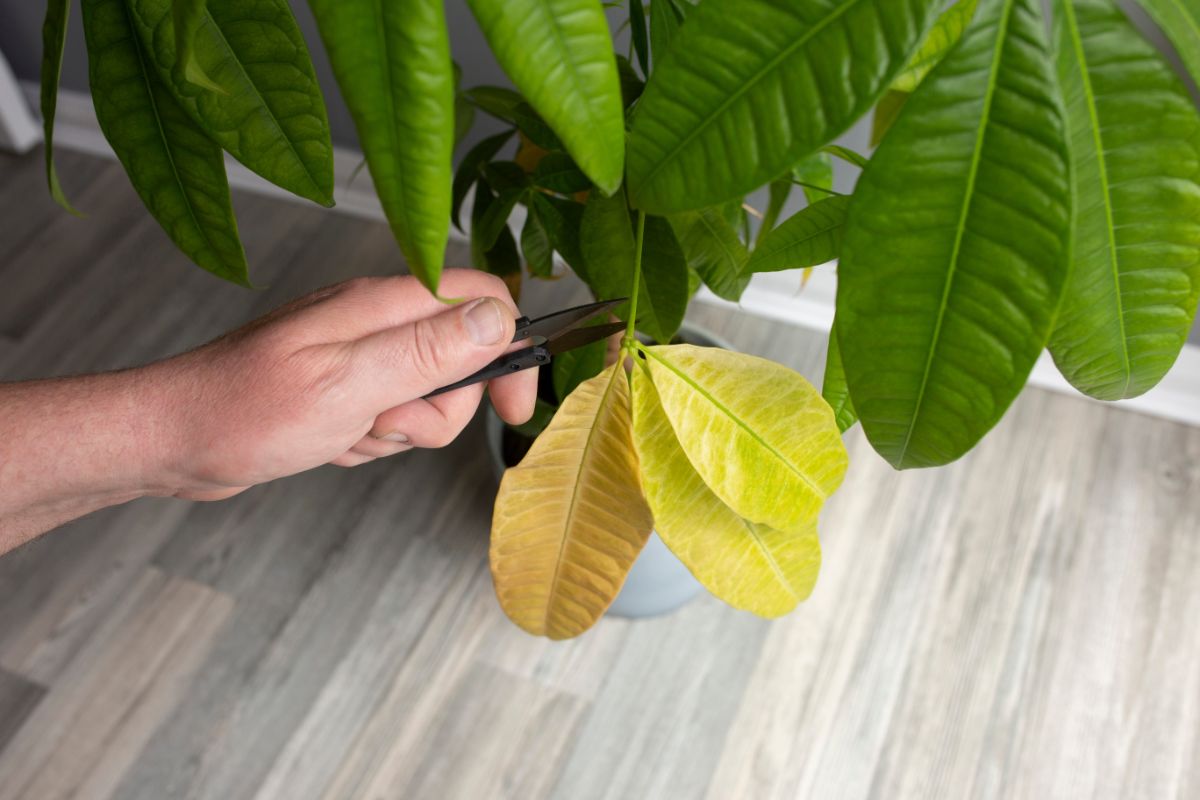
Fungus gnats feed on old plant material and organic matter. That’s why keeping your houseplant as clean and tidy as possible is one of the best ways to reduce fungus gnat infestations.
If you notice that your houseplant has old, yellowing, or dead leaves, snip them away and compost them. Be sure to pick up fallen leaves, too, and gently scrap away any old plant debris on the soil’s surface. Not only will this keep your houseplant looking its best, but it will also eliminate potential food sources for your fungus gnat population.
11. Pick up some organic insecticidal soap
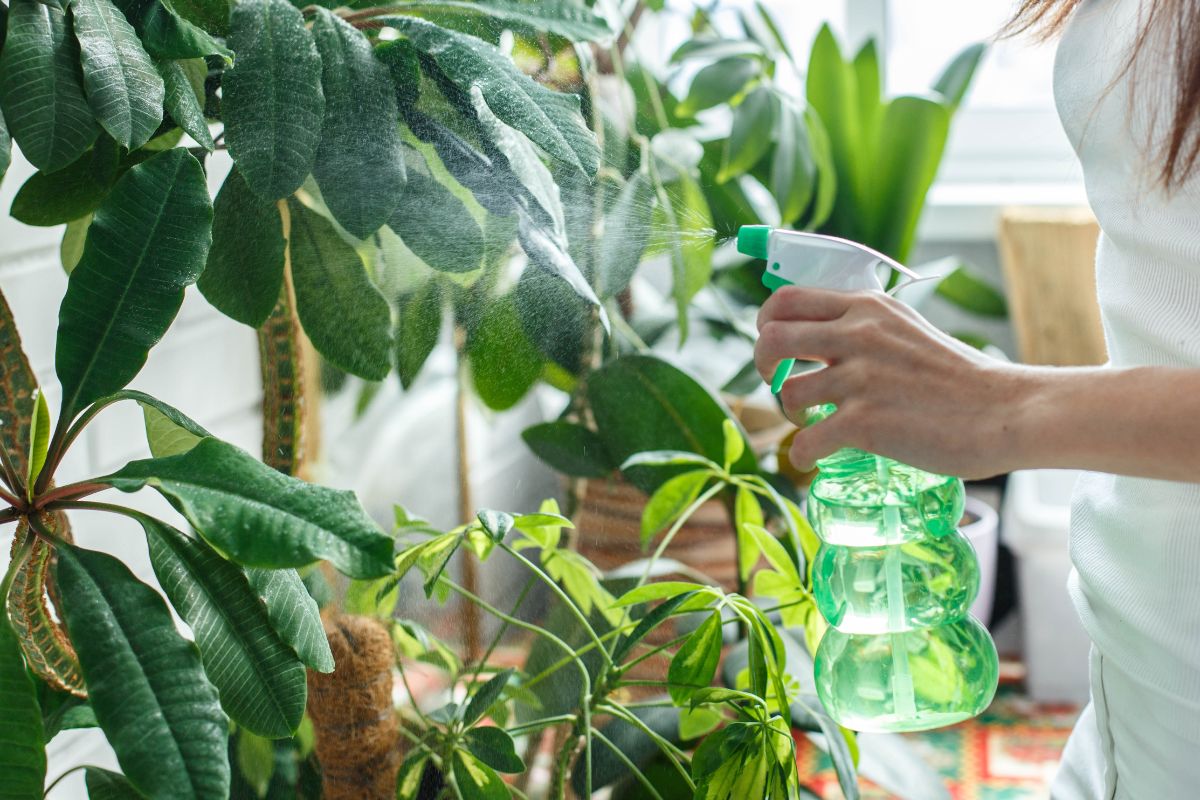
Like other common houseplant pests, fungus gnats are susceptible to insecticidal soap sprays. These sprays primarily function by clogging up the breathing holes in insects, and they work quite well for controlling a wide array of pests. For safety, try to look for organic insecticidal soap sprays or make your own by adding a few drops of Castile soap to a spray bottle with water.
To apply your soap sprays, spray a light coating over your houseplant leaves, but focus most of the spray on the top layer of your houseplant soil. Sprays primarily work on contact, so you will likely want to reapply for treatment every 7 to 10 days until all signs of gnats have vanished. It’s also a good idea to avoid spraying your plants when the sun is shining, as this may cause leaf burn.
12. Be consistent.
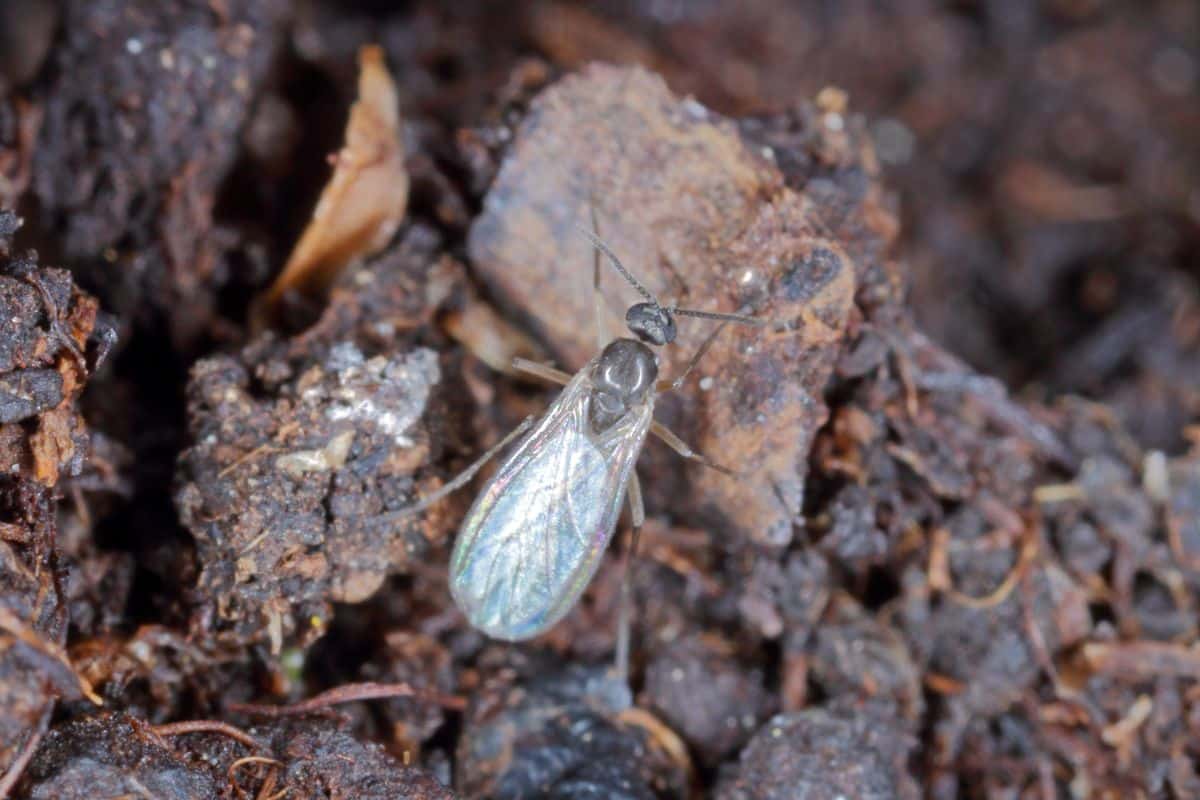
Fungus gnats can take a bit of time to eradicate, so the single best thing you can do to get rid of them is to be consistent with whatever treatment method you choose to employ. Treatment techniques often target just one life stage of gnats, so it’s best to repeat treatments every 7 to 10 days as long as fungus gnats are present. That way, you know that you’ll be treating new adults as they emerge from the soil too!
Many of the treatments listed above work well on their own, but for better results, try combining several of the treatments all at once. For example, try spraying your plant with a mixture of hydrogen peroxide, add apple cider vinegar and potato traps to your setup and then adjust your watering schedule to eliminate soggy soil.
Frequently asked questions

Fungus gnats may be a nuisance, but they aren’t harmful unless infestations get out of hand. Fungus gnats don’t bite or sting humans, but their larvae can munch on plant roots and cause damage.
Fungus gnats are attracted to soggy soil, so adjusting your watering regime is one of the best ways to control them. Other natural control methods include hydrogen peroxide sprays, using apple cider vinegar traps, and sprinkling cinnamon on your plant’s soil.
Fungus gnats are attracted to moist and soggy soil and feed on fungus and other decaying organic matter in potting mixes. Overwatering plants is one of the leading causes of fungus gnats.
Not necessarily, but fungus gnats usually do occur in soil that is too moist. If fungus gnats have cropped up in your houseplant collection, it’s probably a good idea to reassess your watering schedule and reduce watering if your potting mix feels soggy.
Adult fungus gnats live for about 1 to 2 weeks, while the entire lifecycle (from egg to adult) takes anywhere from 18 to 30 days to complete.
Fungus gnats reproduce quickly, so it’s important to act fast if you see a few fungus gnats hanging out in your potted plants. A single female gnat lays about 200 eggs which hatch in as little as 3 days.
Summary
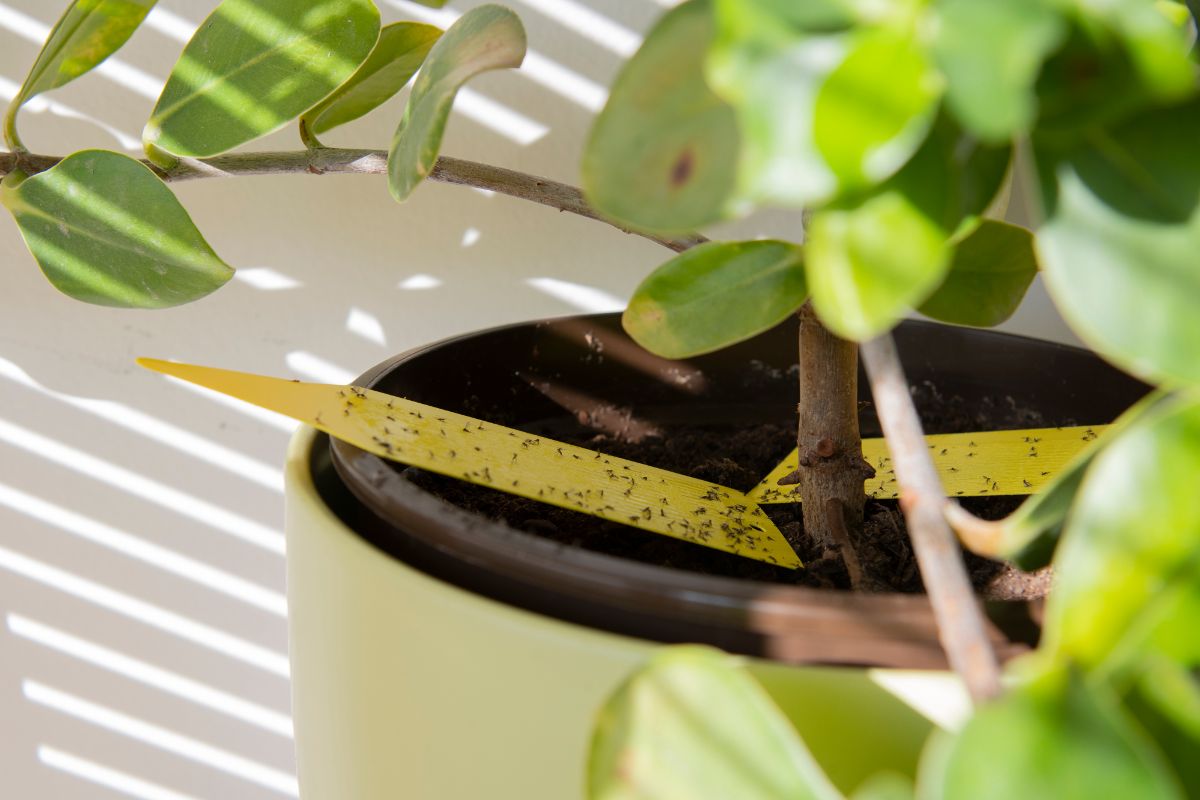
When fungus gnats strike, they can be a real nuisance. Not only are they unsightly, but they may fly into your face when you’re watering your plants, or they can find their way into your glass of drinking water. Thankfully, although these pests are unpleasant, they aren’t harmful to humans and don’t often damage houseplants.
But while fungus gnats are not quite as problematic as other houseplants pests, like spider mites, you don’t want them hanging around. When infestations grow, these troublesome creatures can damage plant roots, so it’s a good idea to get rid of them as fast as you can.
The good news is that there are plenty of all-natural and organic treatment methods for fungus gnat control. With the help of treatments like apple cider vinegar traps, insecticidal soap sprays, and a bit of consistency and know-how, you should be able to eradicate pesky gnats easily.
For more organic pest control ideas, browse our other related content here.

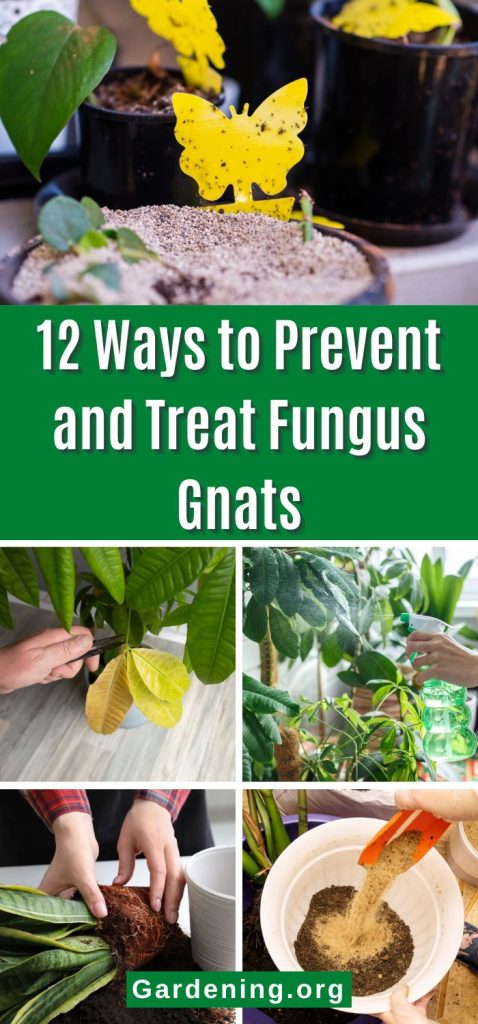
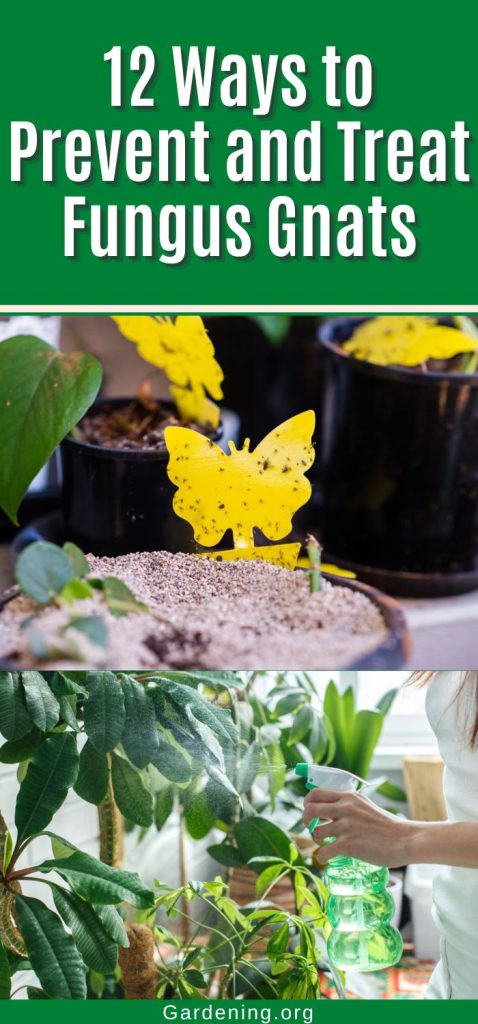
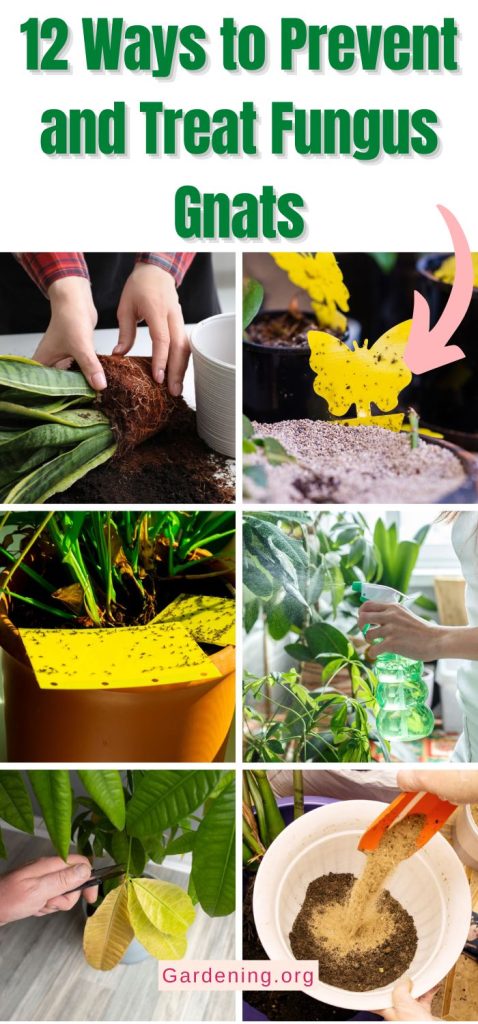
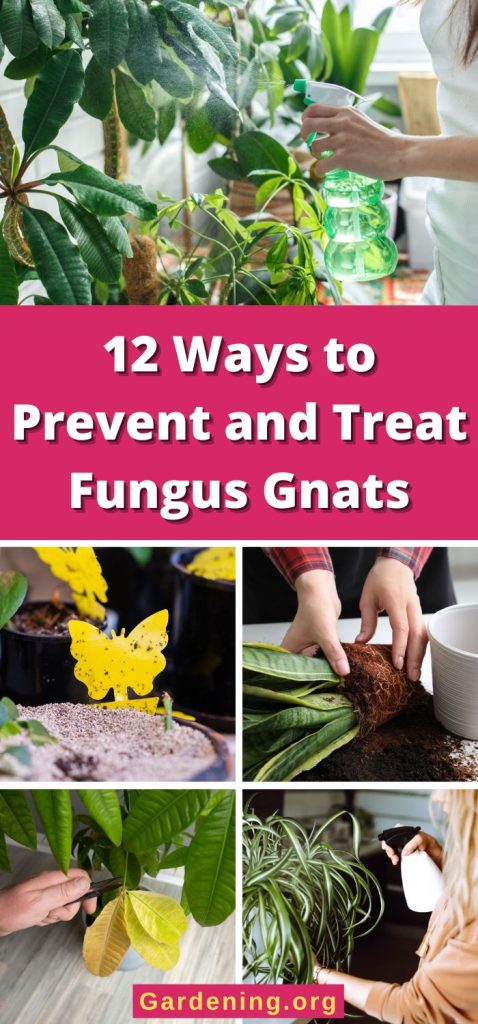
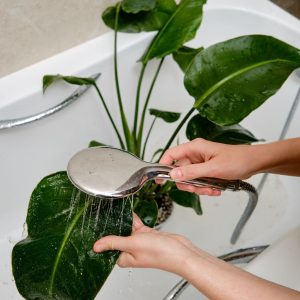
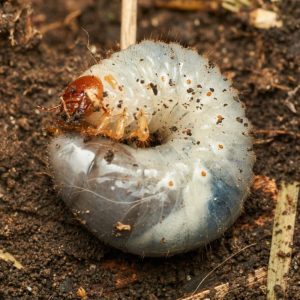
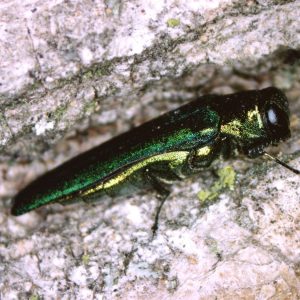
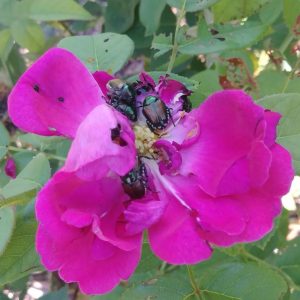
Leave a Reply